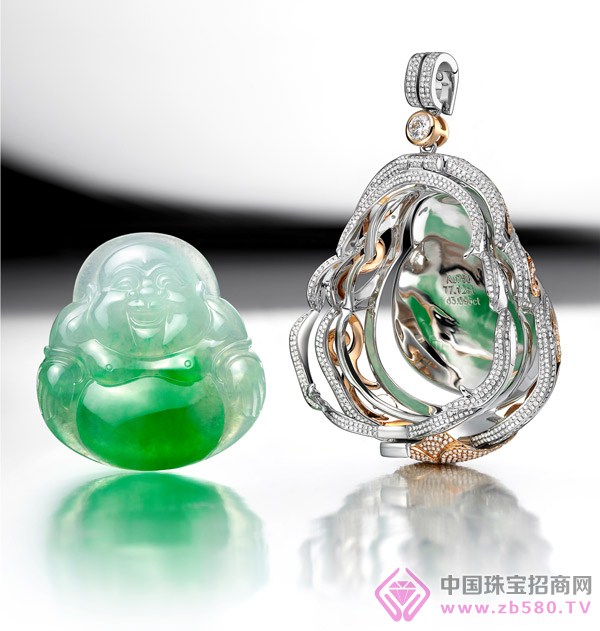How do you know the hardness of jewelry?

Hardness refers to the ability of jade to resist external forces (such as pressing, engraving, grinding). The higher the hardness, the more difficult the processing, the better the quality of the jade. In addition, the key is that it is related to the durability of the gemstone. The higher the hardness, the better the durability and the less likely to be scratched. For example, dust impurities in the air contain quartz components. If it is a low-hardness gemstone polishing surface, it is often abraded by the impact of dust in the air, and the surface tends to become "hairy", which affects the appearance, while high-hardness jewelry is more likely to keep the appearance shiny and bright.
The hardness of gemstones is commonly known as Mohs hardness, also known as relative hardness, which is determined by the German mineralogist Moss according to the relative hardness of 10 standard minerals in nature. The highest is diamond (ie diamond) level 10, the talc is the softest, level 1. If a mineral is significantly lower in hardness than grade 9 corundum, but higher than grade 8 topaz, its hardness is between 8-9, or an approximation of 8.5, such as emerald. When comparing hardness, we can also add some common materials for reference comparison, such as nail 2.5, copper needle 3, glass 5-5.5, knife 5.5-6.
In general, gemstones have a Mohs hardness of 7 or more, such as diamonds, rubies, sapphires, emeralds, garnets, topazes, etc., such as diamond hardness of up to 10, the most mineral, red sapphire also reached 9 hardness Second only to diamonds. The emerald is 8.5, which is also high hardness. The cat's eye and the stone in the golden emerald are also level 8. It can be seen that the most precious stones in the world have one thing in common, that is, high hardness and high durability.
The hardness of jade is generally lower than 7, which is related to the structure of jade for a variety of minerals. It is very different from the single-crystal mineral-based gemstone, and the Mohs hardness of 6-7 is already higher hardness, such as Hetian. Jade, jade, agate; jade hardness index can be found through the instrument to detect its internal crystal structure, but the operation generally uses the scoring hardness method. The hardness of common jade in China is between 4-6 degrees, which is higher than the hardness of copper and lower than the hardness of glass. The hardness of jadeite is 6.5 to 7, which is generally higher than other jade. During the Qing Dynasty, a well-known foreign mineralogist compared the two most famous jade in the Chinese market, Hetian jade and jadeite. After testing, it found that jadeite has a higher hardness and named it jadeite. Hetianyu hardness is lower than that. And Hetian jade is called nephrite. This name has been used in the West until now, and we are still used to call it jade and Hetian jade. This is a postscript.
Other jade hardness is between 4-6, basically including many jade varieties, such as lapis lazuli, jade jade, white marble, malachite, fluorite and so on. Most of the printed stone hardness is less than 4, so it is convenient to describe, such as Shoushan Stone, Qingtian Stone, and Bloodstone.
SOMET loom machine spare parts
Somet Loom Spare Parts,Excellent Somet Spare Parts,Custom Somet Spare Parts,Steel Somet Spare Parts
shaoxing zhentu trading co;ltd , https://www.zhentutextile.com